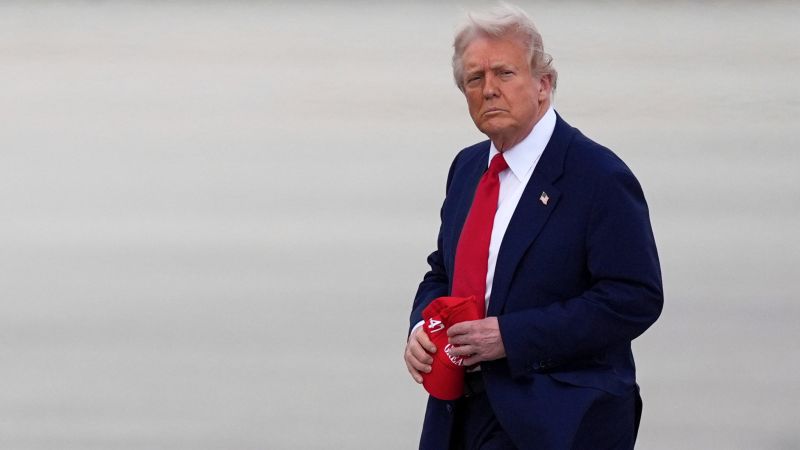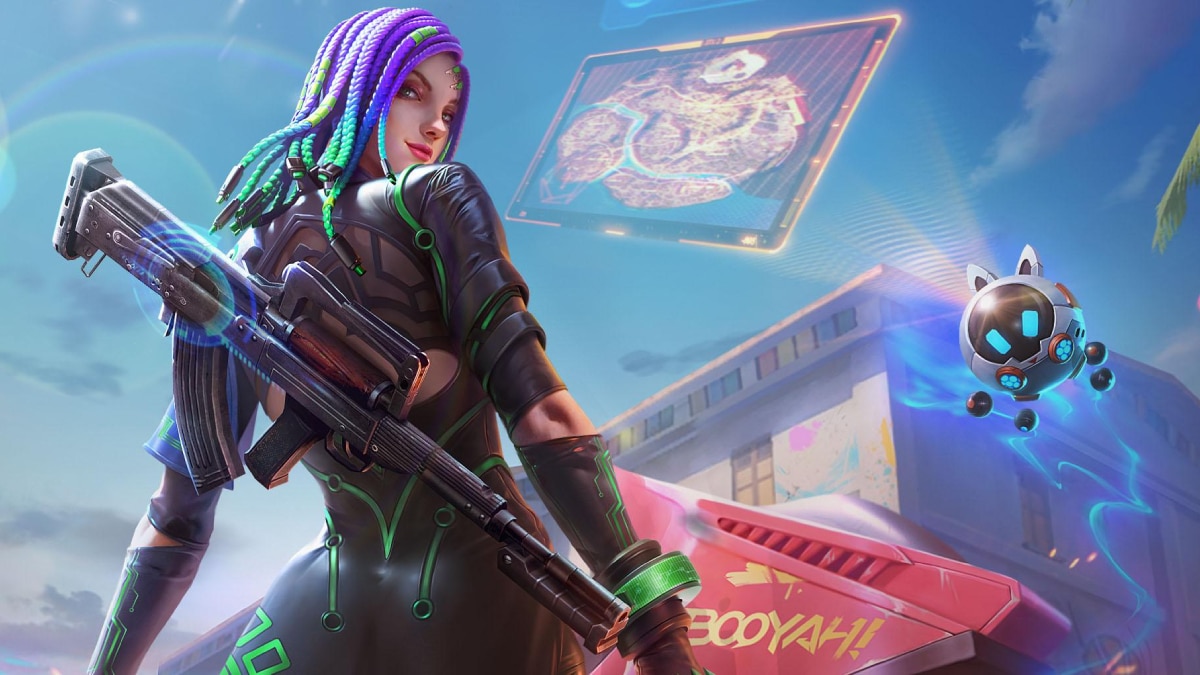Nintendo’s Switch console has been a gaming juggernaut for eight years , racking up more sales than any home console in the Japanese giant’s long history and breathing life back into the market for handheld gaming devices that were once thought unmarketable in the face of smartphones. But eight years is a long time in tech, and the Switch is overdue for a refresh. So last week the company took the wraps off the Switch 2, due for release in June, and gave a select group of media a first chance to put it through its paces .
The Nintendo Switch 2 is significantly more powerful, has been redesigned from the ground up and works with an optional camera. Credit: The transition to a new console is always dangerous in the games space, as all three major platform-holders have discovered at various points, because players can take the opportunity to re-evaluate their investment in a given ecosystem. Could Nintendo become a victim of its own success, with the generation of gamers it’s raised or reactivated heading off for other pastures? Or will it parlay its near-unprecedented success into another mammoth eight-year run? A second lightning strike Capturing the exact situation that made the original Switch such a success is difficult.

In 2017, Nintendo was fighting a deep depression since its Wii U console had been a commercial flop, so by contrast the fun and competent Switch got an instant boost from fans. Then there was the fact that it launched with the peerless Legend of Zelda: Breath of the Wild , adding additional bestsellers Mario Kart 8 and Super Mario Odyssey in quick succession. The tech powering the Switch was outdated by the time the system launched, but it was resonating with an audience that didn’t care.
The ability to easily play the same games at home or on the go was a revelation, and the Switch was generally cheaper than other consoles, even if it couldn’t play a lot of the latest games. As the system grew in popularity it attracted games from many indies and all major developers, and Nintendo itself had a charmed run of games produced in-house. That includes Animal Crossing: New Horizons , which became a whimsical connection to friends and nature to many during the pandemic, and Super Smash Bros.
Ultimate . So, can Nintendo recreate the same conditions for an even bigger win this time? A challenge right out of the gate is that it no longer has its underdog advantage, which allowed it to build hype with a small number of positive voices. In fact, there are thousands of voices discussing the Switch 2, and many are comparatively critical about the system’s software lineup this time, despite Nintendo retreading its 2017 playbook exactly.
Then there’s the problem of price. Everything has become more expensive in the past decade, and the Switch 2’s price tag isn’t much of a surprise. It’s also consistent with the original Switch, compared with the wider industry; the PlayStation 4 launched at $550, then the Switch launched at $470, the PlayStation 5 launched at $750 (and then rose to $800), and now the Switch 2 is launching at $700.
But Sony and Microsoft are selling digital-only versions of their four-year-old consoles (which can’t play physical media) for less than $700 at present. And over years of second-hand Switch consoles and $330 Switch Lites, Nintendo has appeared to be a budget-friendly alternative to $900 Steam Decks and $1200 PS5 Pros. It also looks to be joining Sony by selling its biggest titles (namely Mario Kart World ) at $120, whereas it rarely went over $90 in the Switch era.
The start of a new generation is always the time for these price adjustments, but that doesn’t mean players will swallow them. At the media event, in New York, three of the primary architects of the Switch 2 discussed the process of building the system. And while they didn’t comment on retail cost and the like, they did cover their priorities and desires, which said a lot about how Nintendo is adjusting from Switch to Switch 2.
From left, Kouichi Kawamoto, Tetsuya Sasaki and Takuhiro Dohta served as producer, director and technical director overseeing Switch 2’s development. In New York, they answered the media’s questions via translator. Credit: Tim Biggs First, it’s adopting a much more modern hardware stack this time, from the high-end LCD to the AI-infused graphics processor, which will attract developers who have been frustrated by how far behind the rest of the industry Nintendo’s system has been tech-wise, while also furnishing Switch 2 with games that simply cannot go to the original Switch.
Second, it’s expanding the online platform. The original Switch is a very bare-bones machine, while this second iteration is adding systems to enable sharing digital games with family, plus baked-in voice chat functionality, and video chat enabled through the use of a sold-separately camera. This is possibly inspired by how powerfully social the Switch (and games in general) became over the pandemic, where friends had to move to external platforms such as Discord to talk to each other while they played.
And most important, as always: the games. The one-two punch this time is Mario Kart World and Donkey Kong Bananza , and even from a brief play they reconfirm that Nintendo’s ability to innovate within its franchises is undeniable. The company’s also leveraging some of the 1.
4 billion software sales it made on Switch with a program that updates older games with new content and enhanced performance on Switch 2, for a per-game fee. Nvidia’s tech under the hood Nintendo generally doesn’t talk about horsepower and tech specs in its Directs, preferring to focus on player experiences. But the Switch 2 may be the most cutting-edge machine Nintendo has made since the Gamecube, as indicated at the roundtable and detailed by Nvidia , which designed the system’s custom chip.
The Switch 2 comes with everything you need to play on the go or on a TV. Credit: Tim Biggs Nvidia said the Switch 2 has 10 times the graphical power of the original Switch, and supports a lot of the features and techniques that developers employ on other systems. The chip has RT cores to power real-time ray-tracing, and AI cores to enable deep learning super sampling (DLSS), which lets games render at a lower resolution while using AI to sharpen the resulting image, saving computational cost.
Nvidia said its AI cores were also in use for cropping out players’ images from the background when using the USB camera. Having played Switch 2, it’s clear the quiet focus on new tech has resulted in something that developers will want to get behind, and that players will appreciate, even if they’re not technologically minded. For example, the system’s display supports variable refresh rates up to 120Hz, thanks to Nvidia G-Sync.
That might sound like waffle, but it means games don’t have to lock to a 30 or 60 frames per second target to appear smooth; if they’re not performant enough to make 60, they could lock at 40. Alternatively, games could go all the way to 120 for a super reactive feel, and if some frames are dropped here and there, the system’s refresh rate will adapt, just like a PC gaming monitor. It’s also a Full HD screen, and seeing games running at 1080p and high frame rates on the device was astonishing, given Valve’s Steam Deck has a lower resolution and lower maximum refresh, and it’s a much bulkier machine.
Seeing what the Switch 2 can do when attached to its included dock was similarly impressive, with the incredibly dense and wide open Mario Kart World appearing to run above Full HD at 60 frames per second. It was a similar story for the Switch 2 version of Breath of the Wild, which would mean (assuming the resolution was 1440p), a 5x increase in pixels drawn per second over the original Switch. Metroid Prime 4 was absolutely stunning on the big screen, offering a choice of full 4K at 60 or 1080p at 120, showing off that Switch 2 can still do 120 and VRR on a TV that supports that, in even higher resolutions.
You don’t have to know all the acronyms to appreciate the upgrade – it just looks like a cutting edge video game – and it’s not that surprising given what Nvidia’s said about the chip and the fact there’s a cooling fan built into the dock. But it does all raise some unanswered questions. When played portably, the amount of power the Switch 2 uses will correlate directly to how long its battery lasts.
And the power use will only increase if it gets too hot. It’s likely that that games targeting 120 frames per second will be limited to 720p in handheld mode, but that’s still more than 100 million pixels drawn per second. How long before the system runs out of juice? And even though Nintendo’s games are usually very efficient, that might not be the case for games from other developers.
Making Elden Ring or Final Fantasy VII Remake run at a decent resolution and even 30 frames per second on a skinny handheld like the Switch 2 seems like a challenge if you want the device to last a long time. I played Cyberpunk 2077 with the machine in the dock, where it could suck up as much power as it needed, and it still seemed to be dialling down the resolution in busy situations to keep its frames up. Which is all to say that Nintendo is not guaranteed a repeat success.
But it is taking a really good shot. A high cost and slow trickle of games may or may not slow its pace relevant to its predecessor, but its tech should ensure it’s still able to run contemporary games eight years from now. The author travelled to New York as a guest of Nintendo.
Get news and reviews on technology, gadgets and gaming in our Technology newsletter every Friday. Sign up here..
Technology

Nintendo’s plan for eight more years at the top of its game

Thanks to a focus on developer freedom, a powerful Nvidia chip and ongoing killer software, the Switch 2 has the ingredients for success. But also some challenges.














